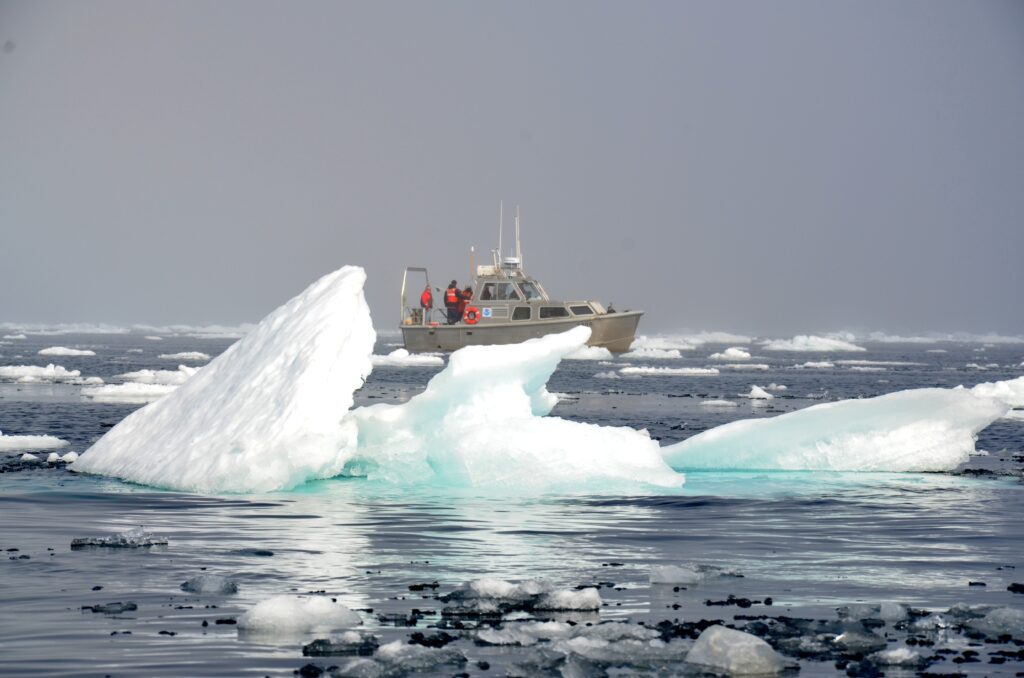Climate Crisis Prompts Southeast Asia to Collaborate on Power Sharing Initiatives

The imperative to transition to clean energy in Southeast Asia, addressing climate change, is reigniting a two-decade-old strategy for regional power collaboration.
In response to the escalating climate crisis, Southeast Asian nations are forging collaborative efforts to revolutionise their power sector. The urgency to transition to clean energy and mitigate climate change is rekindling a longstanding vision of regional power cooperation.
The Association of Southeast Asian Nations (ASEAN) unites ten diverse nations, from Brunei and Singapore to Myanmar and Vietnam, fostering political and economic collaboration across the expansive region. Recently, Malaysia and Indonesia signed a pivotal agreement in Bali, Indonesia, to evaluate 18 potential sites for cross-border transmission lines. These transmission links could yield power output equivalent to that of 33 nuclear power plants annually.
Beni Suryadi, a power expert at the ASEAN Centre for Energy in Jakarta, Indonesia, emphasised the economic and technical viability of these initiatives, receiving strong support from regional governments. Notably, Singapore’s initiative to import hydroelectric-generated electricity from Laos, transmitted through Thailand and Malaysia, stands as a pioneering effort, symbolising historic collaboration among four regional nations in power trading.

While cross-border power purchases accounted for a mere 2.7% of the region’s capacity in 2017, the landscape is shifting. More nations are exploring power sharing to transition away from coal and fossil fuels. Vietnam envisions a regional grid to sell clean energy, such as offshore wind, to neighbouring countries. Simultaneously, Malaysia’s Sarawak province aims to sell its hydropower to Indonesia.
Despite facing technical and political challenges, the imperative for swift action is heightened, considering the potential economic impact of climate change, as highlighted during the 2021 UN climate conference. In the past, energy security was largely driven by fossil fuels, resulting in excess capacity. However, declining costs of renewables are steering the region towards interconnected grids, in line with ASEAN nations committing to carbon neutrality by 2050.
Laos, serving as Southeast Asia’s energy hub, exports power due to its substantial dam infrastructure. In contrast, Singapore, a resource-scarce city-state, actively imports clean energy. The regional power grids play a crucial role in optimising power distribution, enhancing resilience, and reducing costs, as demonstrated by Europe’s significant savings in 2021.
Addressing climate change and adopting clean energy necessitates considerable investments, estimated at around USD 280 billion, according to the ASEAN Center for Energy. However, challenges persist, including regulatory hurdles, varying voltages, and differing grid capacities. Moreover, China’s involvement in the region’s energy infrastructure via the Belt and Road Initiative raises concerns regarding influence and control, illustrated by Laos granting a concession of its power grid to a majority Chinese-owned company.
In conclusion, Southeast Asia is at a critical juncture, recognizing the need for collaborative action to power its future sustainably and combat the challenges posed by climate change. Regional cooperation and innovation are essential to navigating this path toward a cleaner and more resilient energy future.





